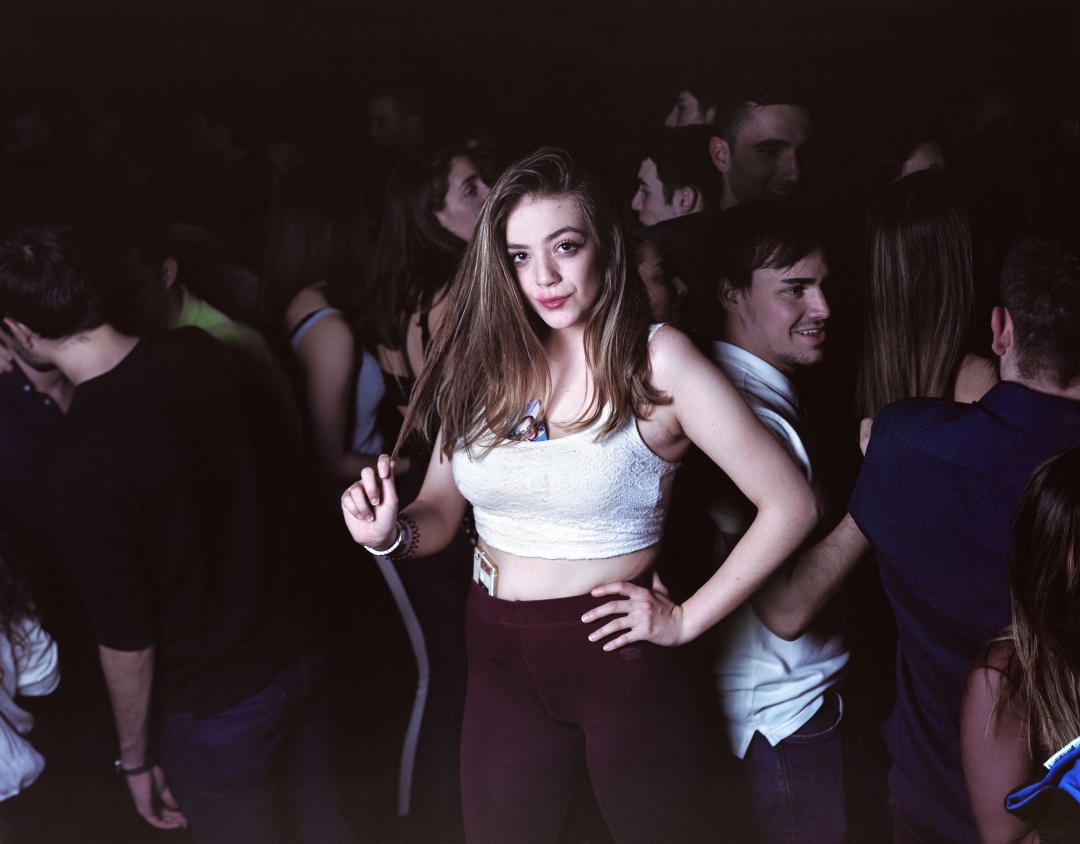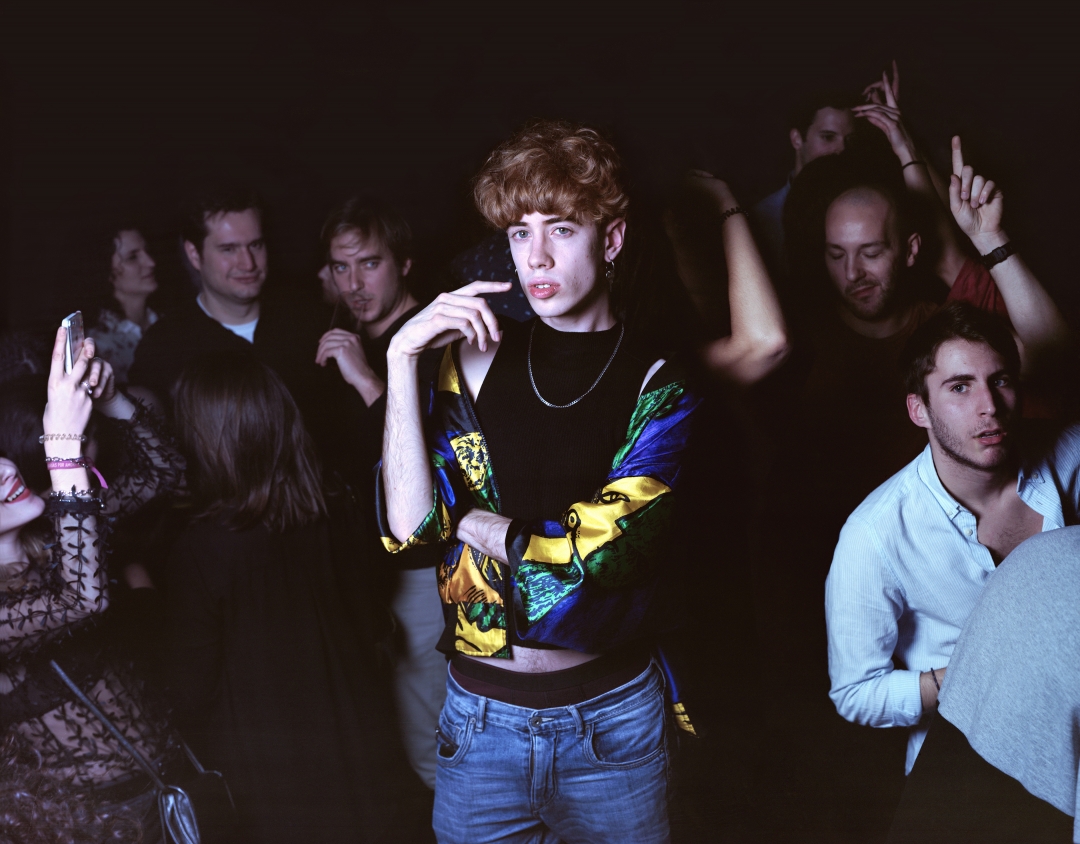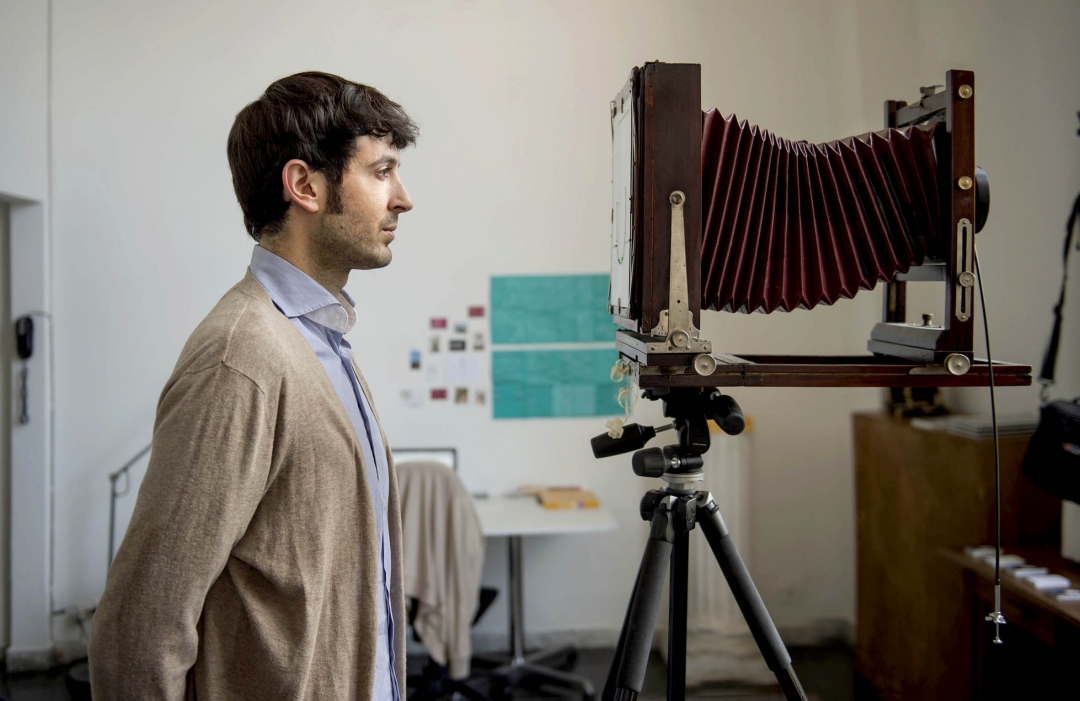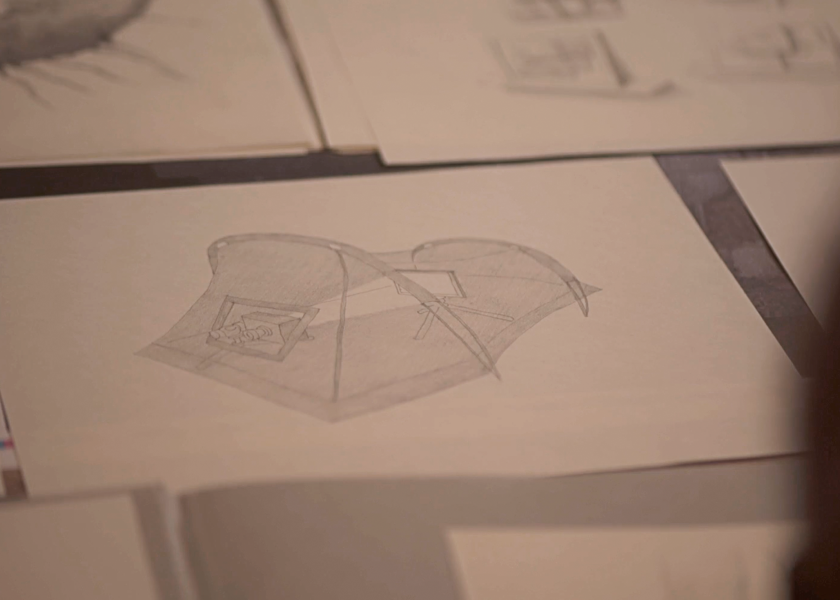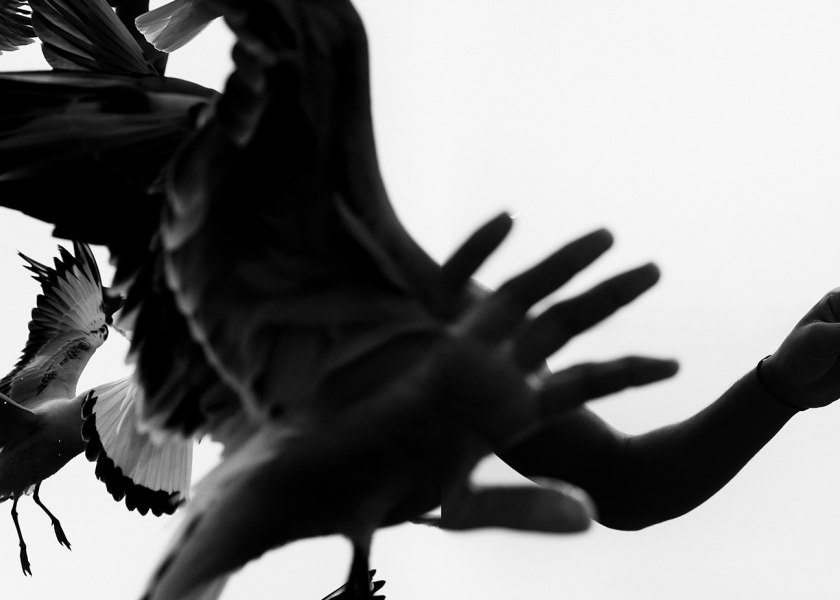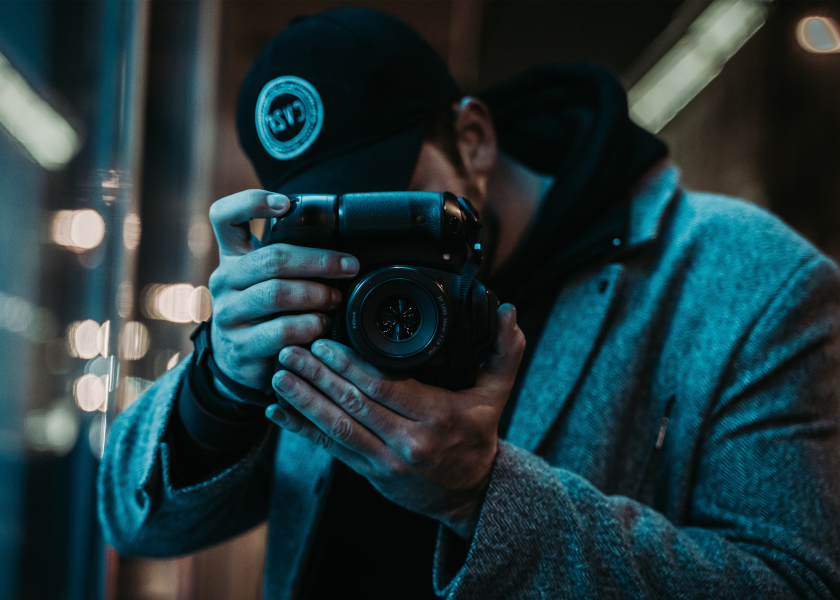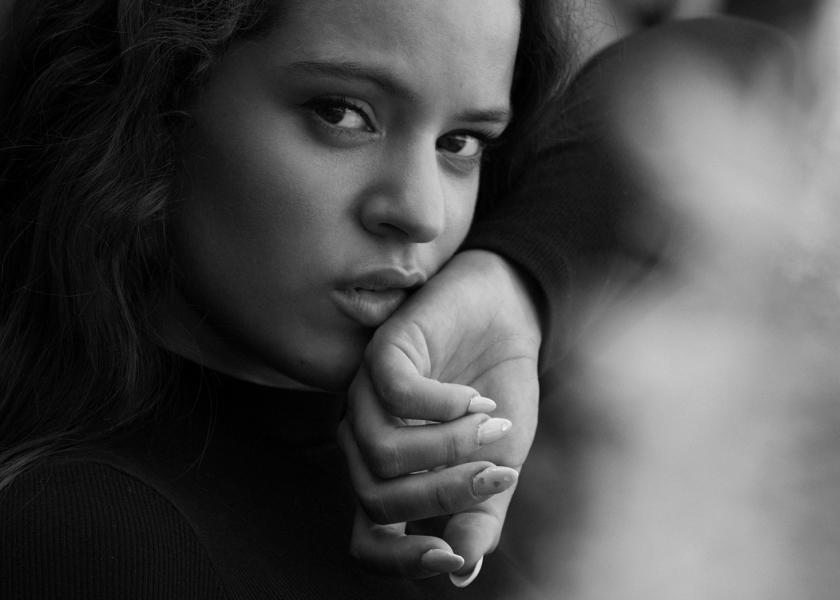Jesús Madriñán
A Nightly Beauty Hunter
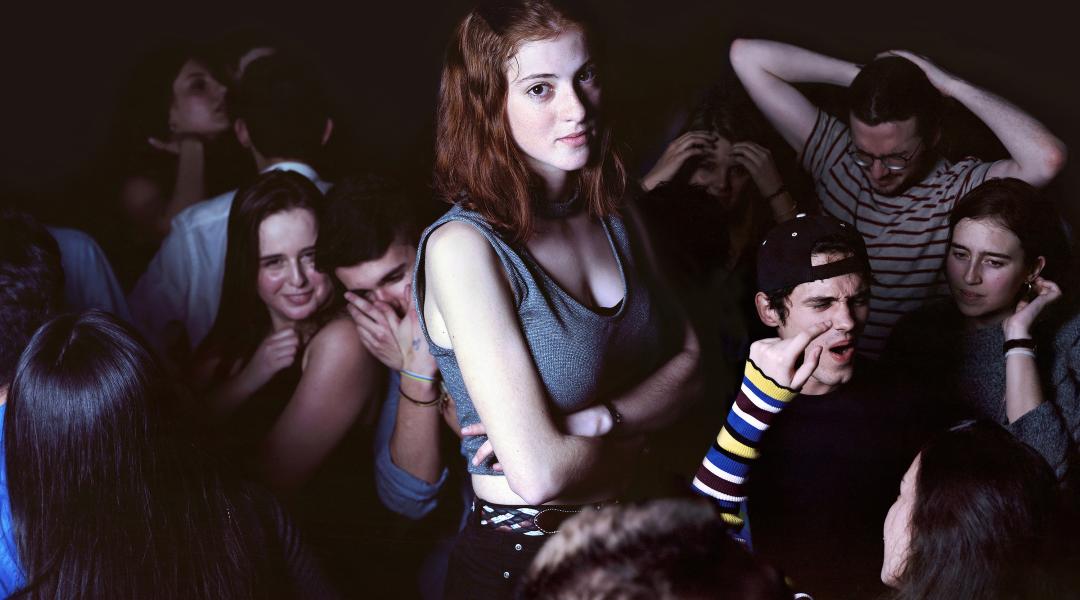
Beauty, chaos and paradoxes on the dance floor to understand the youth of today, to understand himself. In 'Time Revealed', the Galician artist explores the nightlife of Rome and Madrid to capture the frenzy that produces as much exaltation as emptiness. PHotoESPAÑA takes him out of his night lab to exhibit his work.
Where did the idea of dissecting today’s youth come from?
I guess it came from the need to delve into my own identity. I don’t talk about things I don’t know. I talk about things that affect me and which I want to elucidate. I have always been very reflective. I need to analyse myself, to question why I am the way I am, why my environment is the way it is. I need to understand how it affects and nurtures me. We are social animals. I have always been interested in the idea of community.
What are the premises informing your work which its presented in PHotoESPAÑA?
I wouldn’t say premises but rather personal experiences. For a while, nightlife to me—and to any other young person, for that matter—meant liberation and growth, a time to express myself and even a place to take refuge in. It thought it essential for the development of my identity, but at the same time it frustrated me. That kind of life, all that frenzy made me feel introspective.
What conclusions did you draw? What is today’s youth like?
They are hyperconnected, which makes them more insecure. I think social networks and the way they use them puts a lot of pressure on them. On the other hand, we live in a more open and liberal society, which means you can express yourself freely and feel comfortable at any time, not just at night.
Music, drinks, clubs, after parties… Do you find inspiration for your work in some of nightlife’s worst habits?
No, I don’t. I just portrait people, I give them the chance to express themselves in front of the camera, in front of the world. Whatever drugs they’ve taken is none of my business, although, of course, they may affect the very image they want to project, but that’s not a problem—it’s part of the game. Sometimes I see myself as a scientist collecting samples of human tissue, only that my tissue is social in nature, made up of people in different states and each with their own circumstances.
I see myself as a scientist collecting samples of human tissue
You studied design at the University of Barcelona but lost interest in it. What happened?
Social networks like Fotolog and MySpace appeared during my senior year. They allowed me to share my work with many people instantly. It may sound silly, but both played a relevant role in how my early work gained visibility. I soon realised I was more interested in engaging in a dialogue with viewers as well as in the expressive power of art.
What do you think about Instagram?
I use it to show and promote my work, but I must admit its very nature sort of encourages you to promote yourself and your image. Some people abuse that part of Instagram, which may be detrimental to their work and sometimes plain ridiculous. In 2010, a time when Instagram didn’t really exist and I was studying in London, I titled my dissertation The Projected Identity. The Role of Images on Social Networks. It’s always interested me and, of course, it’s deeply ingrained in my work.
If social networks are not the problem, what is the main obstacle for professional photography?
I think the main challenge is the lack of regulations catering to the needs of artists. We need a tax model that takes into account the nature of our job and our working conditions. Fortunately, there is the Artist Statute, which is bearing some fruits thanks to the combined effort of culture professionals, politicians, and other people. A healthy society understands culture as heritage, but also as a means of intellectual and economic development.
How do you get the image rights of the people your portrait?
If you manage to go into a club at 5am with a plate camera and a mobile photographic studio, the rest is quite easy. I have an assistant, otherwise I wouldn’t be able to deploy all my material in such a place. He takes care of the image rights. Right after I photograph somebody, and before they run back to dance with their friends, he explains everything to them and hands them a document stating their free collaboration in the project and the transfer of image rights.
Any regrets by anyone so far?
Not that I’m aware of…
With a Bachelor of Fine Arts from the University of Barcelona and a Master's Degree in Photography from the prestigious Central Saint Martins in London, Jesús Madriñán (Santiago de Compostela, 1984) focuses on the subversion of studio photography, as shown in his series Good Night London (2011), Boas Noites (2013) and Dopo Roma (2016). Madriñán has exhibited his work in Spain, Italy, Uruguay, Mexico and the United States. His most recent exhibit, El tiempo revelado –on show at the Alcobendas Art Center until August 24— is one of the highlights of PHotoESPAÑA 2019.
